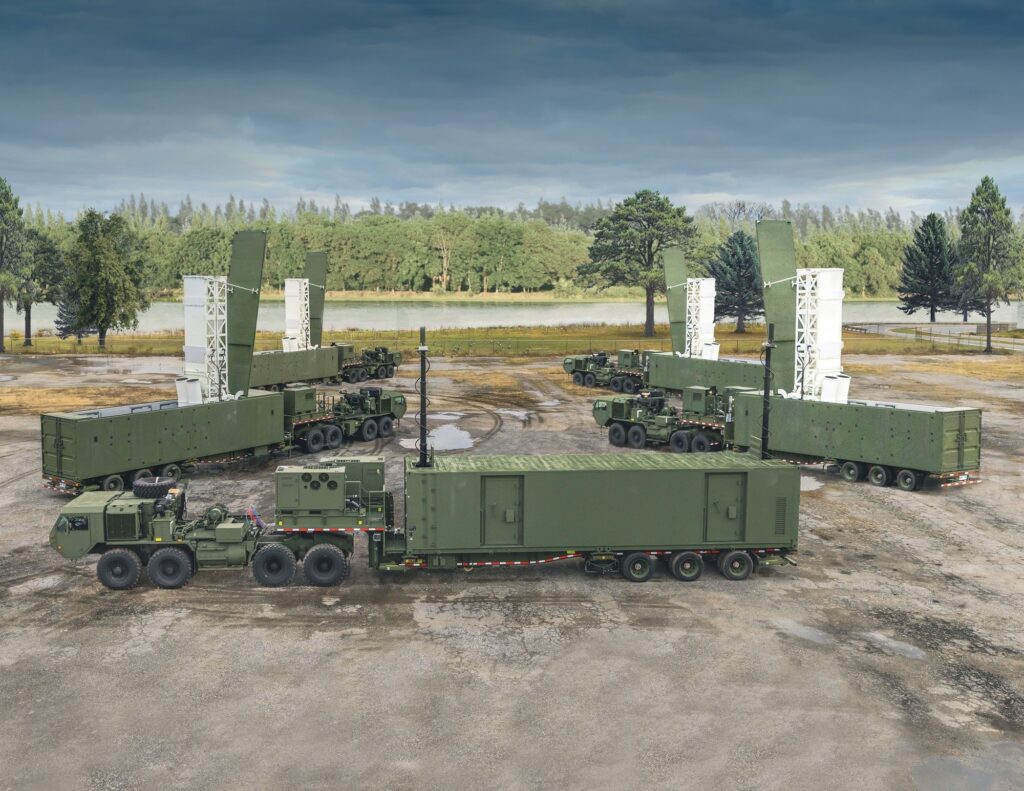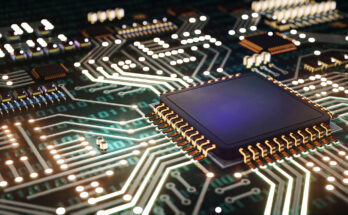
U.S. lawmakers passed yet another stopgap spending bill that would avert a partial government shutdown this weekend. The deadline to pass a final FY24 budget was pushed to March 8 for several agencies whose funding was set to expire at the end of Friday, while the deadline for the rest of the government, including the Department of Defense, has been extended to March 22. The agreement represents the fourth continuing resolution since the fiscal year began on October 1, 2023. The stopgap spending bills have kept the government running at FY23 levels since that time and have prevented the Pentagon from implementing new start programs included in the FY24 request.
The extension will give lawmakers more time to finalize FY24 appropriations bills, but every delay has only heightened concerns that Congress will be unable to pass a budget. One potential outcome that worries defense officials is a full-year CR, which would lock in the Pentagon at last year’s spending levels for the remainder of the fiscal year. Service officials gathered this week to outline some of the negative impacts a full-year CR would have on national security. The lack of an FY24 budget would leave the Pentagon with around $808 billion this year, or around $34 billion less than the $842 billion requested by the administration. That shortfall doesn’t account for additional losses due to inflation or the fact that Congress still hasn’t approved the administration’s supplemental budget request.
Under a full-year CR, service officials said their priorities would be, in order, sustaining current operations, supporting personnel, and acquisition. In other words, modernization falls at the tail end of the list of priorities, threatening investments in the development and production of military capabilities. If Congress fails to pass a budget, the DoD will face a shortfall of $5 billion for research & development and another $5.7 billion for procurement.
Forecast International’s FY24 U.S. Defense Budget Spotlight identified key acquisition accounts that would be subject to the largest funding shortfalls under a full-year CR, specifically: Space Force research and development (-$2.6 billion); Air Force missile procurement (-$2.5 billion); the Navy’s “Other Procurement” account, which supports electronics and other miscellaneous programs; and the Navy’s weapons procurement account. The Defense-Wide research and development account, which supports programs that fall outside of the major services, would lose $1.5 billion under a full-year CR, while the Air Force would lose $1.4 billion for its research efforts. Several accounts would also be overfunded, such as aircraft accounts for the Air Force (+$1.9 billion) and Navy (+$1.7 billion), because of C-130s, E-2Ds, and F/A-18E/Fs that were funded in FY23 that the services didn’t request in FY24.
The services have an opportunity to shuffle that misaligned funding, but the process is cumbersome. The service chiefs specifically touched on the impact funding misalignments have on both new start programs and on plans to increase production rates for existing projects. The Navy identified $26 billion worth of misaligned funding, half of which would require congressional approval through reprogramming requests. The Air Force has more than $13 billion worth of misaligned funds, which particularly impact the Space Force. The Army would also have to realign some $6 billion in funding.
The lack of a full budget would hurt efforts across the board to ramp up munitions production. For the Army, that entails roadblocks for Patriot air defense systems, Guided Multiple Launch Rocket Systems, Javelin anti-tank weapons, and 155mm artillery ammunition. The service would also be unable to initiate procurement of 58 Block V Tomahawk missiles from RTX under its Mid-Range Capability program, and procurement of 225 Coyote counter-unmanned aerial system (C-UAS) interceptors would be stalled. The Coyote is also built by RTX.

The Navy would face an $800 million shortfall for the LHA amphibious assault ship program and a $2 billion loss for the Virigina class submarine, constructed by General Dynamics Electric Boat and HII. The Columbia class ballistic missile sub has been protected by anomalies in previous CRs, which have allowed the use of FY24 funding to keep construction of the second sub in the class on track.
Meanwhile, and extended CR would hinder the Air Force’s procurement of a 48 new Joint Strike Missiles from Kongsberg/RTX, reduce Lockheed Martin F-35A procurement by five aircraft, and slow planned spending to bolster production of the Joint Air-to-Surface Standoff Missile. JASSM, manufactured by Lockheed Martin, is currently at its maximum production rate of 550 missiles per year, and the Air Force wants a multiyear contract to facilitate increased production to over 800 missiles per year if necessary. Air Force officials have also said the Collaborative Combat Aircraft program would be stalled under a long-term CR. The service wants its CCA drones to operate as wingmen alongside manned fighters to extend their sensor and weapons reach.
The lack of a supplemental budget from Congress is also having a negative impact on the Pentagon, even beyond the lack of military aid for Ukraine or Israel. The administration’s supplemental request included funding to support an increased pace of U.S. operations, which are now having to be funded out of the regular base budget. For example, the Army said it’s using $500 million from its base budget to support increased operations in Europe, another $500 million for its domestic border security mission, and $100 million for the Central Command area of operations. Without support from the supplemental bill, offsets would have to be identified in the base budget to support those missions.
The new stopgap agreement gives lawmakers another three weeks to work on the FY24 defense appropriations bill. In a previous post, we highlighted some of the acquisition programs that will be debated during those negotiations. Until then, military leaders remain in limbo regarding their FY24 spending plans. At the same time, the administration is preparing to release its FY25 budget request on March 11, which is expected to be in line with the spending limits set forth in last year’s debt ceiling agreement. Some analysts have called for the administration to seek more money than authorized by the debt ceiling agreement, arguing that the pending FY25 request will effectively lock in lower spending levels.
Additional data insights from the ongoing budget process can be gathered using Forecast International ‘s FY24 U.S. Defense Budget Spotlight, which will be updated with pending FY24 appropriations funding totals from Congress.
More Defense Budget Data
Forecast International’s U.S. Defense Budget Forecast makes it easy to navigate the latest U.S. defense budget. The product features sorting and data visualization options and presents the entire Future Years Defense Program (FYDP) through an online interface with downloadable spreadsheets. This is the go-to service for anyone looking to save time and energy in navigating the massive Department of Defense budget.
Shaun's deep-rooted interest in military equipment continues in his role as a senior defense analyst with a focus on the United States. He played an integral role in the development of Forecast International's U.S. Defense Budget Forecast, an interactive online product that tracks Pentagon acquisition programs throughout the congressional budget process. As editor of International Military Markets – North America, Shaun has cultivated a deep understanding of the vast defense markets in the United States and Canada. He is a regular contributor to Forecast International's Defense & Security Monitor blog and has co-authored white papers on global defense spending and various military programs.




